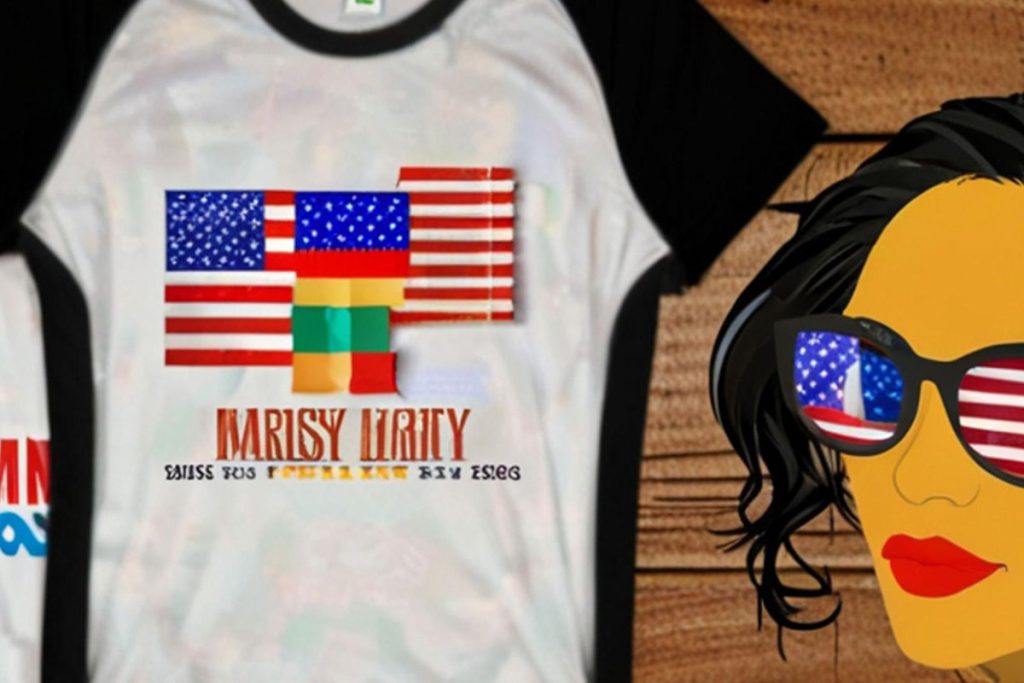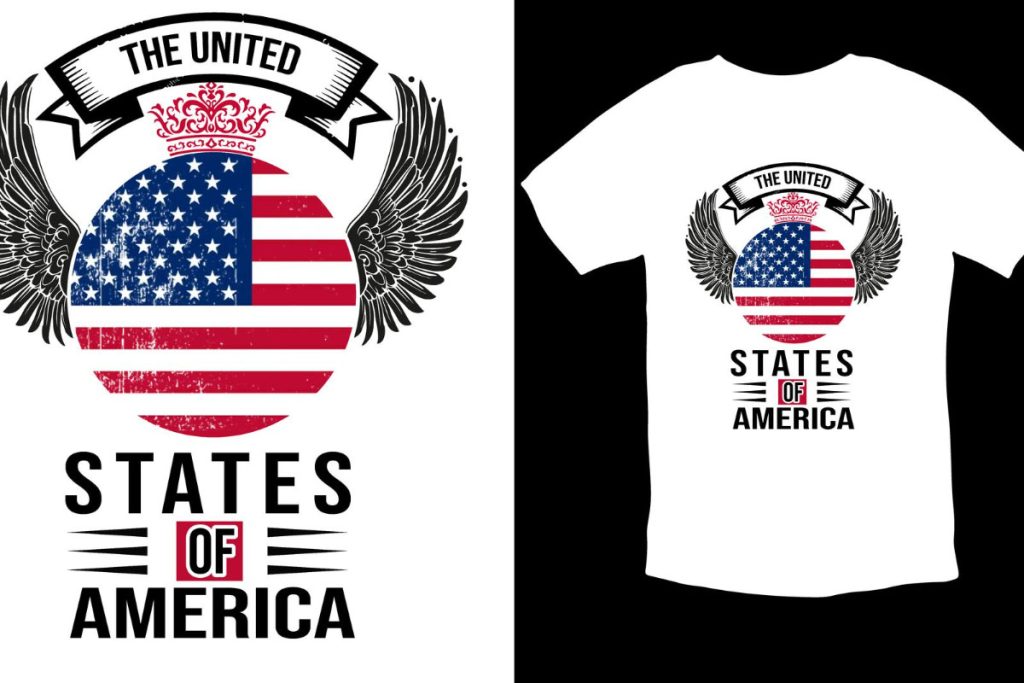UV DTF printing is revolutionizing the printing industry by offering a unique blend of quality and efficiency that sets it apart from traditional printing methods. This innovative technology leverages ultraviolet light to cure ink in real-time, resulting in prints that boast vibrant colors and exquisite details. One of the standout advantages of UV DTF is its remarkable print quality, which consistently outshines many conventional techniques, especially for intricate designs. Additionally, its cost efficiency in printing becomes evident during small to medium-sized runs, where UV DTF can significantly reduce wastage while maintaining a fast turnaround. This examination of UV DTF’s capabilities exemplifies how modern print technology can cater to an evolving marketplace looking for high-quality solutions.
Often referred to as UV direct-to-film printing, this cutting-edge method employs UV light to solidify ink on a film surface, allowing the transfer of designs onto various materials. Compared to established alternatives such as screen and offset printing, UV DTF technology stands out due to its higher print quality and quicker processing times. Its ability to deliver both detailed graphics and lower production costs for smaller orders has made it increasingly popular among creative professionals. Many businesses are attracted to the advantages of UV DTF due to its versatility in applications, enabling the printing on a wide range of substrates, thus expanding their operational capabilities. In this competitive landscape of printing technology comparisons, UV DTF printing presents a compelling option for those looking to enhance their printing offerings.
Exploring the Advantages of UV DTF Printing
One of the standout advantages of UV DTF printing is its exceptional print quality, which often surpasses that of traditional printing methods. UV DTF technology employs precise UV light to cure the ink during the printing process, resulting in vivid colors and sharp images that retain their integrity over time. This level of detail is invaluable for intricate designs, making UV DTF the preferred choice for businesses looking to produce striking visuals. Furthermore, the rapid curing process allows for quicker turnaround times, which can significantly boost workflow efficiency in fast-paced environments.
Additionally, UV DTF printing’s versatility expands its applications beyond typical substrates. This method can successfully print on various materials, including difficult surfaces like plastics, metals, and fabrics, further enhancing its appeal. Companies can utilize UV DTF to experiment with creative designs and touchpoints, allowing for innovative marketing strategies that stand out in a competitive landscape. The technology’s adaptability makes it a growing favorite among graphic designers and small businesses aiming to offer personalized products.
Traditional Printing Methods: A Tried and True Approach
Traditional printing methods such as screen printing, offset printing, and flexographic printing have been foundational to the industry for many years. Each method has its unique set of benefits, particularly when handling large-volume production runs. For instance, screen printing is well-known for its efficiency in producing consistent quality in large batches, making it a favorite for bulk orders requiring minimal setup time. Moreover, traditional methods often excel in areas where cost efficiency is paramount, yielding lower per-unit costs for high-volume jobs.
However, while traditional printing methods boast cost benefits and reliability, they often lag behind in the flexibility required for intricate designs and a diverse range of materials. These methods tend to focus on efficiency over creativity, limiting their capacity to handle unique designs or rapid prototyping situations. As consumer demands evolve, businesses may find themselves increasingly relying on newer technologies that offer better print quality and versatility — areas where traditional methods may not compete effectively.
Comparing Print Quality: UV DTF vs. Traditional Methods
Print quality is a critical aspect to consider when choosing a printing method, and this is where UV DTF significantly shines compared to traditional techniques. With the advanced curing process of UV DTF, prints exhibit superior clarity and color vibrancy, ensuring that every detail pops, even in complex graphics. In contrast, traditional methods like offset printing may struggle to achieve the same level of intricacy, particularly with designs that involve intricate color blends or fine line work. The resulting quality difference could prove pivotal for businesses looking to deliver premium printed materials.
Moreover, the consistency offered by UV DTF printing furthers its advantage in maintaining high standards across different projects. Once the printing parameters are set, the technology can consistently reproduce the same high-quality output without significant deviations. Traditional printing methods, particularly those reliant on manual processes, may encounter variations between prints that undermine overall quality. As a result, organizations can benefit from adopting UV DTF printing, as its reliability in producing top-tier print outcomes aligns well with their branding and marketing needs.
Cost Efficiency in Printing: Which Method is Best?
Cost efficiency is a key consideration when comparing UV DTF printing to traditional printing methods. While UV DTF may have higher upfront costs due to equipment and setup, it proves to be economically advantageous for small to medium print runs. Businesses can achieve significant savings on material and labor through reduced print cycles and less wastage of resources. Conversely, traditional printing methods usually shine in large-scale operations where the cost per unit decreases substantially as production scales up, making them the more economical option for bulk jobs.
Nonetheless, it’s critical for businesses to carefully evaluate their project requirements before deciding. For example, those focused on small batches or custom prints will find UV DTF’s lower waste and faster production times to be more cost-effective in the long run. On the other hand, companies anticipating large orders should consider the operational efficiencies that traditional methods can provide, as they allow for cost reductions tied directly to volume. Ultimately, understanding the specific financial implications of each approach can assist businesses in making informed decisions.
Environmental Impact: Sustainability in Printing
As sustainability continues to shape business practices across industries, the environmental considerations of UV DTF and traditional printing methods can’t be overlooked. UV DTF printing is often lauded for its lower ink usage and reduced waste production due to its efficient direct application process. This efficiency not only minimizes the ecological footprint but also aligns with growing consumer preferences for environmentally responsible products. As businesses increasingly adopt sustainable practices, UV DTF positions itself as a forward-thinking option that meets modern demands for ecological mindfulness.
In contrast, traditional printing methods frequently utilize more solvents and inks, leading to potentially higher waste and environmental damage. Processes such as screen printing can generate significant excess, impacting both costs and ecological concerns. Companies aiming to boost their sustainability credentials may need to invest more time and resources into finding eco-friendlier approaches or implementing waste reduction strategies within traditional methods. Thus, UV DTF’s focus on environmental efficiency makes it an attractive alternative for businesses keen on minimizing their ecological impact.
Future Trends in Printing Technologies: The Rise of UV DTF
The ongoing evolution of the printing landscape highlights a notable shift towards UV DTF technology. As businesses and consumers increasingly demand high-quality prints with the ability to produce personalized designs quickly, UV DTF is stepping in to meet this growing need. The rise of digital printing capabilities allows for innovative applications that traditional methods may struggle to match, ushering in a new era of customization and speed within the industry. As a result, we can anticipate an expanded use of UV DTF as businesses look for ways to streamline operations and enhance customer service.
Additionally, ongoing advancements in UV DTF technology promise further improvements in areas such as ink formulations, curing processes, and operational ergonomics. These innovations will likely lead to enhanced print quality, reduced costs, and the ability to print on an even broader array of materials. As market trends continue to evolve, staying informed about these advancements will be crucial for businesses aiming to leverage the best options available within the framework of their projects.
Frequently Asked Questions
What are the advantages of UV DTF printing over traditional printing methods?
UV DTF printing offers several advantages compared to traditional printing methods, such as vibrant colors, superior print quality, and rapid curing times. This modern printing technology ensures better detail and durability, particularly on various substrates, making it ideal for intricate designs and outdoor applications.
How does UV DTF printing compare in print quality to traditional methods?
When it comes to print quality, UV DTF printing is often superior to traditional methods. It can achieve intricate details and vibrant colors, which traditional printing methods like screen printing may not replicate as effectively. This enhanced quality makes UV DTF suitable for projects requiring precision and high-resolution images.
Is UV DTF printing cost-efficient compared to traditional printing techniques?
UV DTF printing can be cost-effective for small to medium print runs due to its quick turnaround times and high-quality output. While initial setup costs may be higher, the efficiency in print production often offsets these costs compared to traditional printing methods, which are more economical for large volumes.
What print materials can be used with UV DTF printing?
UV DTF printing is exceptionally versatile and can print on a wide array of materials, including plastics, metals, and textiles. This flexibility allows businesses to explore creative applications that traditional printing methods might not easily accommodate.
How durable are UV DTF prints compared to those created with traditional printing methods?
UV DTF prints are known for their exceptional durability, resisting fading, scratching, and exposure to moisture and chemicals. In contrast, prints from traditional methods may require additional coatings to achieve similar levels of durability, particularly for outdoor use.
What are the environmental considerations when using UV DTF printing versus traditional printing?
UV DTF printing typically generates less waste and uses less ink compared to traditional printing methods. This leads to a lower environmental impact. Traditional printing, especially methods like screen printing, often involves significant ink and solvent waste, raising ecological concerns.
| Aspect | UV DTF Printing | Traditional Printing Methods |
|---|---|---|
| Technology | Utilizes UV light to cure ink on film for transfer. | Includes techniques like screen printing and offset printing. |
| Image Quality | Produces vivid colors and detailed prints, ideal for intricate designs. | Reliable for large volumes but may lack finer detail. |
| Durability | Highly resistant to scratching, fading, and environmental effects. | May require additional coatings for durability, especially outdoors. |
| Cost Efficiency | Higher initial costs but saves money in small to medium runs. | More cost-effective for large print runs. |
| Environmental Impact | Uses less ink and produces minimal waste. | Can generate substantial waste, especially in screen printing. |
| Versatility | Can print on various materials including plastics and textiles. | Limited material applications without adjustments. |
| Industry Trends | Increasing use due to demand for custom, high-quality prints. | Long-established methods but facing competition from digital techniques. |
Summary
UV DTF printing represents a modern advancement in printing technology, offering significant advantages over traditional methods. With its ability to produce vibrant colors, intricate designs, and durable prints, UV DTF is becoming the preferred choice for many businesses. Its environmental benefits and versatility across various materials further enhance its appeal. As trends shift towards more efficient and customized printing solutions, understanding the distinctions between UV DTF printing and traditional methods is crucial for making informed decisions. Whether you prioritize quality, cost, or environmental impact, UV DTF printing stands out as a compelling option in today’s dynamic printing landscape.



